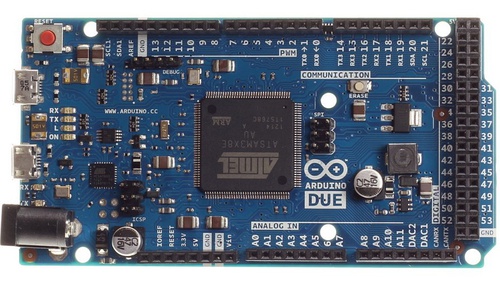1. Pad overlap
1. The overlap of the PCB pads (except the surface pads) means the overlap of the holes, which will result in drill breakage and hole damage due to multiple drilling in one position during the drilling process.
2. The two holes on the multi-layer PCB board overlap. For example, one hole position is an isolation plate, and the other hole position is a connecting plate (flower bed). Therefore, after the backsheet is stretched, it will appear as a separator, leading to scrap.
Second, the abuse of the graphics layer
1. Some useless connections have been made on some graphics layers. Initially, the four-layer board was designed to have more than five layers of circuits, which caused misunderstandings.
2. PCB design requires less trouble. Take Protel software as an example, draw all the lines of each layer with the layer, and mark the lines with the layer. In this way, when the data is polished, the circuit will be cut off because the board layer is not selected, and the connection line will be missed, or the circuit will be short-circuited because the mark line on the board layer is selected. Therefore, the integrity and clarity of the graphics layer will be maintained during the design process.
3. This violates the traditional design. For example, the component surface is designed on the bottom layer and the welding surface is designed on the top layer, causing inconvenience.
3. Random placement of characters
1. The patch pad of the character cover brings inconvenience to the on-off test of the printed circuit board and the soldering of the components.
2. The character design is too small, which makes screen printing difficult. If it is too large, the characters will overlap and be difficult to distinguish.
Fourth, the setting of the single pad aperture
1. Single-sided pads are usually not drilled. If the drilling needs to be marked, the hole diameter should be designed to be zero. If a value is designed, when the drilling data is generated, the coordinates of the hole will appear at that position, and problems will occur.

2. Single-sided pads should be specially marked if they are drilled.
5. Artboard with filled blocks
The drawing board with filler blocks can pass the Democratic Republic of Congo inspection when designing the circuit, but it is not suitable for processing. Therefore, it is not possible to directly generate solder mask data for such pads. When the solder resist is applied, the area of the filler block will be covered by the solder resist, which makes it difficult to solder the device.
6. The formation of electricity is the flower cushion and connection
Because the power supply is designed with a flower cushion pattern, the ground layer is opposite to the image on the actual printed board, and all connection lines are isolated lines, which should be very clear to the designer. By the way, you should be careful when drawing isolation lines for groups of power supplies or types of grounding. No gap should be left to short-circuit the two sets of power supplies or block the connection area (to separate one set of power supplies).
Seven, the definition of processing level is not clear
1. The single board is designed on the top layer. If there is no description on the front and back, the manufactured panel may be equipped with devices instead of soldering.
2. For example, when designing a four-layer board, use the top middle 1 layer and the middle 2 layers and the bottom 4 layers, but they are not arranged in this order during the processing, which requires explanation.
8. There are too many filling blocks in the design or the filling blocks are filled with very thin lines.
1. There is data loss in the lighting drawing, and the lighting drawing data is incomplete.
2. Since the filling blocks are drawn line by line in the light drawing data processing process, the amount of light drawing data generated is quite large, which increases the difficulty of data processing.
Nine, the surface mount device pad is too short
This is for switch testing. For too dense surface mount devices, the distance between the two legs is very small, and the pads are very thin. In order to install the test pins, a staggered position up and down (left and right) must be used. For example, if the pad design is too short, although it will not affect the device installation, it will prevent the test pins from opening properly.
Ten, large area grid spacing is too small
The edges between the same lines constituting the large-area grid lines are too small (less than 0.3 mm). In the manufacturing process of printed circuit boards, many damaged films are easily attached to the circuit board after the image is displayed, causing wire breakage.
11. The large area of copper foil is too close to the outer frame
The distance between the large area copper foil and the outer frame should be at least 0.2 mm, because when milling the shape, such as milling copper foil, it is easy to cause the copper foil to warp and the solder mask to fall off.
12. The outline frame design is not clear
Some customers have designed contour lines on reserved layers, board layers, and top layers. And these contour lines are inconsistent, which makes it difficult for printed circuit board manufacturers to determine which contour line should prevail.
13. Graphic design is not uniform
When pattern plating, uneven plating will affect the quality.
14. The abnormal hole is too short
The length/width of the special-shaped hole should be ≥2:1, and the width should be greater than 1.0 mm. Otherwise, the drilling machine will easily break when processing the special-shaped hole, which will be difficult to process and increase the cost.